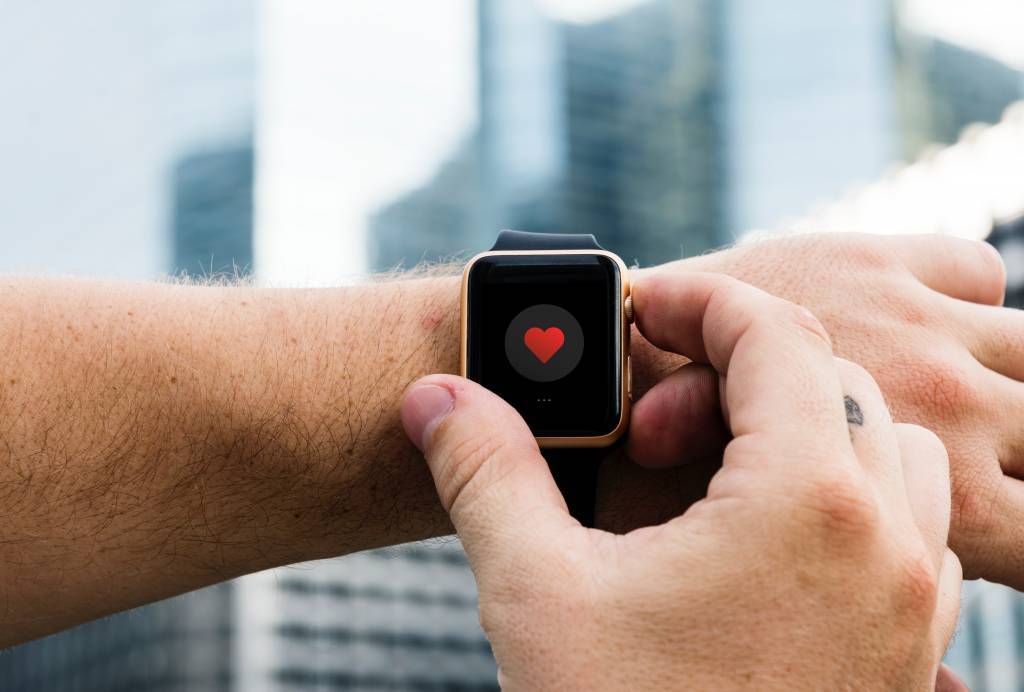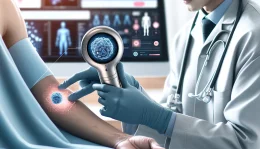Is it better to treat an illness or prevent it altogether? While most people would prefer to never get sick in the first place, today’s healthcare system focuses its attention on treatment-based care.
And who can blame doctors? Prevention is far more difficult than treatment. While the medical field is beginning to understand the importance of preventative care, this shift is moving at a glacial pace. Considering most hospitals still use fax machines to transmit patient records from one hospital wing to another, this slow progress perhaps should not come as a shock.
All hope is not lost, though. Several coalitions of physicians, medical administrators, and technologists are working together to find creative solutions to the problems plaguing healthcare. Whether it relates to the diagnosis of illness or more routine administrative tasks, medical professionals are working to improve the full range of patient care.
The medical world might seem riddled with regulatory roadblocks, but there’s still room for innovation from healthcare-focused entrepreneurs. This is particularly true as it relates to wearable technology, which consumers have embraced but would-be entrepreneurs have neglected.
Healthcare: An Industry of Untapped Potential
One of the biggest shifts in our medical system that has not received much attention relates to remote monitoring. Recent changes in Medicare rules now incentivize doctors who spend extra time keeping an eye on patient health between visits.
Imagine a diabetic patient whose glucose monitor connects to the cloud. That patient’s glucose data transmits to a secure system that a doctor can monitor to ensure the patient’s health is on point at all times. By allowing doctors to be reimbursed for this type of ongoing preventative care, patients receive better treatment and require fewer in-office visits.
This advancement is particularly helpful for patients and doctors in rural areas. Preventative care results from reinforced positive behaviors and behavioral changes, proper adherence to medications, and staying away from certain habits and dangerous activities. All of these become exponentially more difficult when a patient lives an hour or more away from the nearest hospital.
Most medical professionals would love nothing more than to improve patient outcomes in a way that takes up fewer resources. This is where wearable devices and remote monitoring through Internet of Things medical devices come into play. Using the right technology, doctors can unlock scads of data from a distance and create actionable alerts so patients who need medical attention get treatment without delay. Say an elderly patient has a heart attack in his sleep — the system could automatically alert EMS, caregivers, and family members as quickly as possible to provide the patient with his best chance of survival.
It might sound like the far-flung future, but this technology is already available today. Cloud-based glucose monitors are hitting the market this year, and more advanced monitors — including sensors that can detect sleep apnea — are not far behind them. Time is of the essence in emergency situations, and these valuable tools can make a world of difference when it comes to preventative care.
The Next Leaps in Wearable Tech
While wearable tech is certain to make a big difference in healthcare moving forward, it’s an incredibly broad sector. Here are a few areas of the larger industry that will likely take center stage in the near future:
1. Miniaturized hardware
Some of the biggest innovations will involve health tech hardware itself. We have already seen a transition from bulky, intrusive devices with poor user experiences to more miniaturized equipment. Just look at PillCam, a potential replacement for endoscopic equipment designed as a pill-sized camera. Patients simply swallow the pill, which medical professionals can then use to review the status of the entire digestive tract.
As a result, doctors will be able to easily detect issues like colon cancer without invasive mechanisms.Companies will soon be able to seamlessly integrate wearable tech into clothing such as shoes, jeans, shirts, and even socks. If that isn’t enough, the further miniaturization of chips that can monitor our health will allow us to discreetly implant them beneath the surface of our skin. It might sound a little creepy, but this minuscule chip could provide us with the best healthcare imaginable. This could be particularly useful for outpatient care, where patients routinely forget to wear medical patches of monitoring mechanisms after heading home from a procedure.
2. Hearables
Hearing aids might seem like old news, but the latest developments in the “hearable” realm constitute a massive leap into the future. Companies are pairing hearing devices with machine learning capabilities and artificial intelligence to adjust and modulate audio for users.
A device might be able to automatically dampen the noise of a jet engine but accentuate a nearby whisper. This technology should be able to focus a muddled conversation in a busy restaurant until it sounds as clear as an intimate living room chat.
This technology can also be combined with haptic feedback to remind us to take medications or to check our blood pressure, for example. According to research by Juniper, the hearable market is predicted to grow by as much as 500 percent in the coming years. While existing hearables are prohibitively expensive — often costing at least $1,500 a pop — new advents in technology and rising consumer expectations should help reduce the costs of these devices in no time.
3. Language translation
Medical emergencies can occur at any time and any place. This might not seem problematic when you’re tooling around town, but what happens when you’re in an area where you don’t speak the same language as those around you?With new devices like the Google Pixel Buds, the language barrier need not prevent you from securing high-quality medical care.
These wireless headphones are able to translate in real time, helping users communicate with strangers on the street in case of a medical emergency. The devices can also aid doctors in discussing treatment options with patients who might otherwise need a translator.
We’re seeing a convergence of the IoT, connected devices that can monitor our vitals in real time, and a mountain of data that AI can analyze to detect patterns. This seamless monitoring of patient health will undoubtedly have a massive range of potential applications. Whether we’re talking about wearables, hearables, or consumables, this technology will be transformative for home healthcare, outpatient services, and preventative care.


























